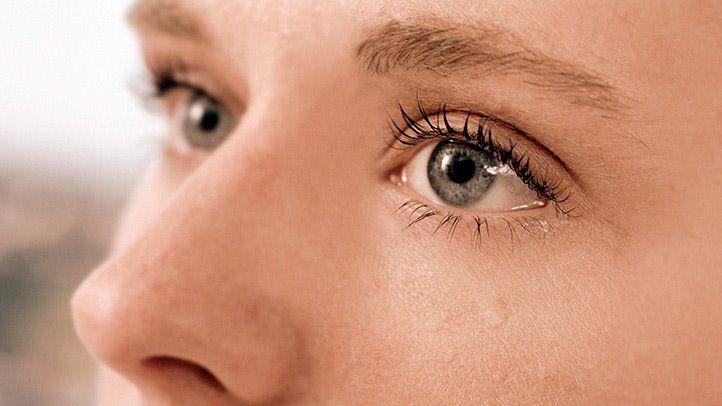
Do your eyes often feel dry, burning, or get too watery? When your answer to either of these questions is yes then it's time to put your eye care on priority. If you are also someone who can't make time to visit the optometrist nearby you, stop postponing it. Take the first step now and book an appointment today, and then read about these eye exams while you wait your turn!
Why Are Eye Exams Important?
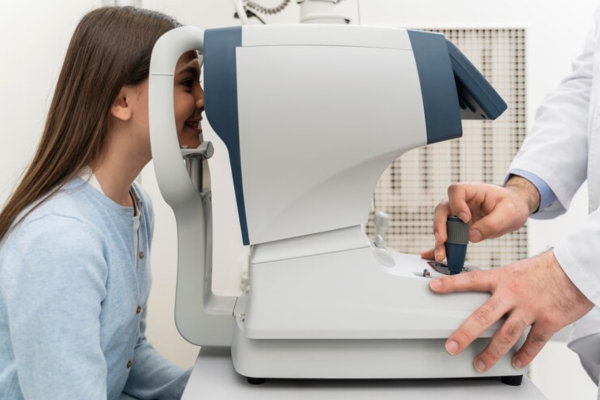
The one eye exam that everyone is worldwide familiar with is looking at the far-away tiny white house in a green field, right?
Well, it's called an autorefractor test, conducted using an auto-refractometer machine. Its purpose is to test your visual acuity or the health of your optic nerve, and whether you have astigmatism.
Similarly, there are plenty of other eye exams which collectively help the optometrist to determine your eye health. They're each important as they test the various components and functions of your eyes, including but not limited to:
- Your Pupils
- Your Eye Movement
- Your Cornea
- Your Iris
- Your Eye Muscles
- Your Eye Pressure
- Your Side Vision
- Your Eyelids
- And more
After taking an exam, you will become certain about your vision clarity, uneven vision conditions, astigmatism, peripheral vision health, and any hidden eye conditions.
Unfortunately, in some common vision screening tests, it's still possible to miss the detection of underlying eye conditions like glaucoma, cataracts, macular degeneration, etc.
Hence, it's incredibly crucial that you take comprehensive eye exams regularly in your nearest city like Toronto, BC, or anywhere else near you.
Which Eye Exams Are Important: All Eye Exams You Should Know!
1. Visual Acuity Test
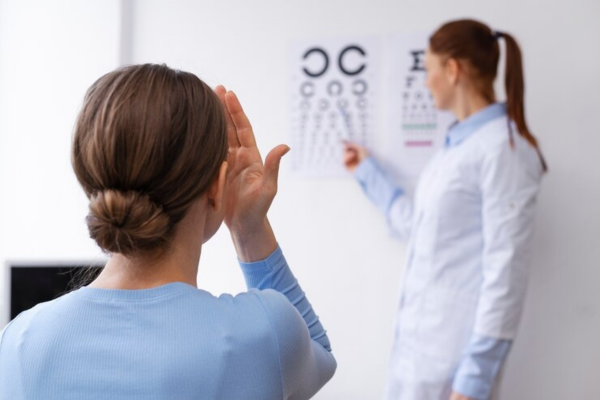
It is the commonly known test in which you see an eye chart with printed letters and numbers. The size of both types of characters decreases as you move down the chart.
2. Eye Refraction Test
It helps you to check if you need vision correction, and whether corrective lenses can help to improve your vision. This test uses a device called a phoropter with replaceable lens slots.
3. Vision Field Exam
The test will check if you can spot objects located at the sides of your field of vision, also called the peripheral vision test. Often, it is conducted using a computer program with flashing lights at the sides, requiring you to press a button when lights are spotted.
4. Slit-Lamp Test
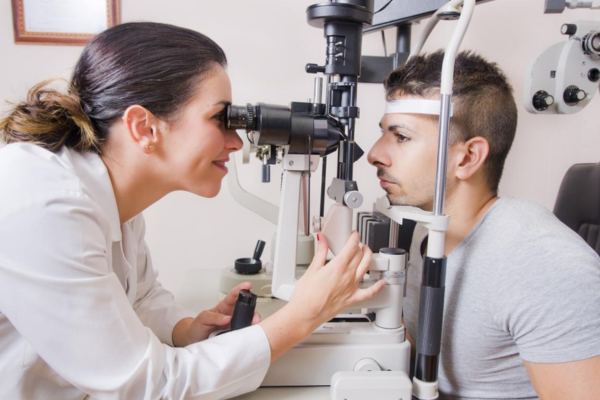
The candidate will sit across from the eye doctor and will be exposed to direct light. It helps them to test your eye vision with a microscope by checking your corner, sclera, iris, eyelids, etc.
5. Air-Puff Test
It entails supplying slight air to your eyes using a tonometer to measure muscle pressure or intraocular pressure. While it's not entirely accurate, it helps to check for glaucoma, and if other advanced tests are required.
6. Color Blindness Exam
The eye doctor will examine your ability to distinguish between different colors. Usually, it entails the identification of numbers hidden on cards with multicolor dots that are non-visible to regular eyes.
7. Retinoscopy
A larger phoropter will be used in this test, with light shining at your eyes while a series of lenses are flipped consecutively. It will test your retinal vision and is less recognized by its name, often mistaken for a visual acuity test.
8. Corneal Topography
It is a test where your cornea will be photographed with a high-burst camera to identify scarring or unnatural growth. Many optometrists also utilize it to get measurements for contact lens fitting.
9. Pupil Dilation Exam
Ophthalmoscopic or fundoscopy are lesser-known names of this test where the eye doctor will dilate your pupils by putting special eye drops. It serves to see the optic nerve and retina for conditions like macular degeneration, diabetic retinopathy, retinal tears, etc. Expect to regain normal eyesight again in 4-6 hours or less.
10. Glaucoma Exam
It is also known as Goldmann or applanation tonometry where a tiny probe flattens the cornea momentarily. The expected procedure of this test next includes looking inside your eye and testing eye pressure as the outcome.
11. Fundus Exam
It will entail performing retinal imaging of the interior of your eyes non-invasively to detect preventable blindness issues.
12. Optical Tomography
Most eye exams in big cities like Toronto , Sydney, Tokyo, New York, etc. are inclusive of performing optical tomography. Its procedure consists of scanning the retina (and taking pictures) for ten minutes or more to check retina thickness and underlying damage.
13. Retinal Tomography
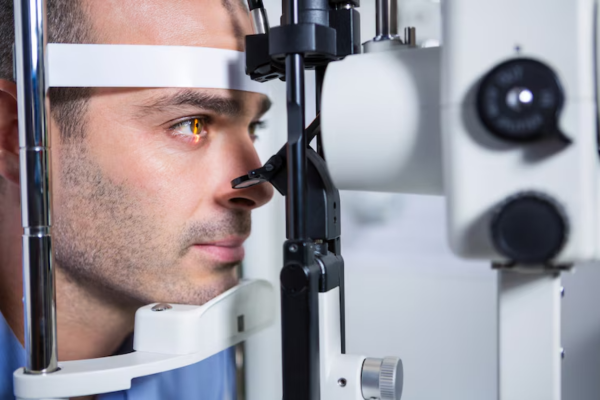
It will use a specialized Heidelberg laser-focused on your eye to take 3D images of your optical nerve layers and the retina. Eye doctors often suggest this test to create 3D models of your eyes to showcase your eye condition, including signs of any eye condition.
14. Fluorescein Angiography
It will involve an eye doctor injecting a fluorescein dye fluid into your arm to test how the blood flows into the retina. The fluid will be highlighted in the pictures taken by the high-burst camera and is often performed when checking for macular degeneration or diabetic retinopathy.
15. Ultrasound Eye Exam
Between the two types of Ultrasound eye exams (A-scan and B-scan) the patient will be exposed to a probe or a fluid (gel) filled cup respectively. The former test helps to prepare for cataract surgeries, while the latter helps to look for eye tumors or other visual conditions.
Why Should You Know and Take Eye Exams Before Turning 30?
Not maintaining correct eye vision is also known to cause headaches apart from worsening the suffering under conditions like migraine. Moreover, irregular eyesight can also lead to road accidents or hazards when working with sharp or dangerous objects.
Resultantly, every person of all ages should know about the various eye exams by taking them periodically to become aware of their eye conditions.
Please opt for comprehensive eye exams in Toronto, BC with 360 Eyecare if you are in the area or contact your nearest ophthalmologist. Do not delay booking an appointment since many eye conditions can be corrected with less or non-invasive procedures. Oh, and blink often!